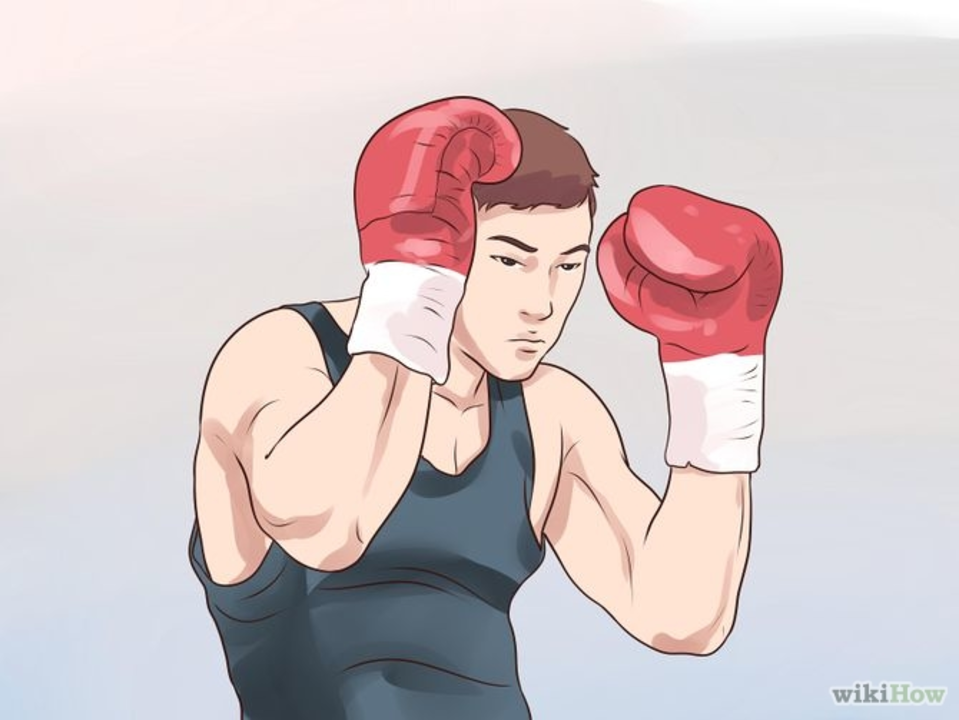Professional Boxer: What It Means and Why It Matters
If you’ve ever wondered what makes someone a "professional boxer," the answer is simple: they get paid to fight in sanctioned matches. That means they’ve signed contracts, trained full‑time, and meet the rules set by boxing commissions. It’s not just about throwing punches; it’s a career built on discipline, skill, and a lot of hard work.
Most fans think a pro boxer steps into the ring every week, but the reality is very different. The number of fights per year depends on the boxer’s age, health, and where they are in their career. Younger fighters often rack up several bouts to gain experience, while big‑name stars may only fight once or twice a year because each match is a huge event.
How Often Do Pro Boxers Step Into the Ring?
On average, a professional boxer will have three to four fights a year. Early‑career fighters might do five or six to build a record, but they also risk injury and burnout. Elite fighters—think Anthony Joshua or Canelo Álvarez—typically schedule just one or two high‑profile fights annually. Those events draw massive crowds, TV deals, and pay‑days that dwarf multiple smaller bouts.
Training camps usually last eight weeks before a fight. Boxers use that time to sharpen technique, boost stamina, and study their opponent’s style. After a match, they need recovery weeks, medical checks, and sometimes a short break before the next camp starts. That cycle explains why you don’t see them fighting every month.
Why So Many Belts? Understanding Boxing Titles
When you hear “belts,” you might picture a single championship, but boxing actually has dozens of titles. The major organizations—WBA, WBC, IBF, and WBO—each award their own world belt in every weight class. Then there are regional belts like European, Inter‑Continental, and national titles that help a boxer climb the ladder.
Each belt serves a purpose. A regional title can boost a boxer’s ranking, making it easier to land a shot at a world title. The more belts a fighter holds, the more leverage they have in negotiations and the bigger the payday. That’s why you’ll see headlines like “Who would win between Canelo and Jake Paul?”—the stakes are high when multiple belts are on the line.
Fans sometimes get confused by the sheer number of championships, but think of them like ranks in a game. You start at the bottom, earn points (wins), move up ranks (regional belts), and finally compete for the top rank (world belt). The system keeps the sport competitive and gives rising stars a clear path.
So, what does a typical day look like for a professional boxer? Early mornings start with cardio—running, skipping rope, or cycling. Midday is for technical drills: shadowboxing, heavy‑bag work, and sparring with a partner who mimics the next opponent’s style. Evenings often involve strength training and reviewing fight footage. Nutrition and sleep are just as crucial; a solid diet and rest plan can be the difference between a win and a loss.
When you watch a PPV fight in Las Vegas or a local sports bar, you’re seeing the culmination of months—sometimes years—of preparation. The excitement isn’t just about the knockout; it’s about the story of a professional boxer climbing the belt ladder, managing fight schedules, and delivering a performance that fans will remember.
Whether you’re a casual viewer or an aspiring fighter, understanding these basics gives you a clearer picture of the sport. Next time you hear a commentator talk about “how many times a year do professional boxers fight?” or wonder “why are there so many belts in boxing?”, you’ll know exactly what’s going on behind the scenes.
How to become a professional boxer if I live in Belgium?
Becoming a professional boxer in Belgium is an exciting and challenging journey. Firstly, find a reputable boxing gym and coach to help develop your skills and technique. Next, participate in amateur competitions to gain experience and build your reputation. Don't forget to maintain a strict training regimen and stay disciplined in your diet and lifestyle. Finally, work towards obtaining a professional boxing license and continue to grow your network within the boxing community.
View More